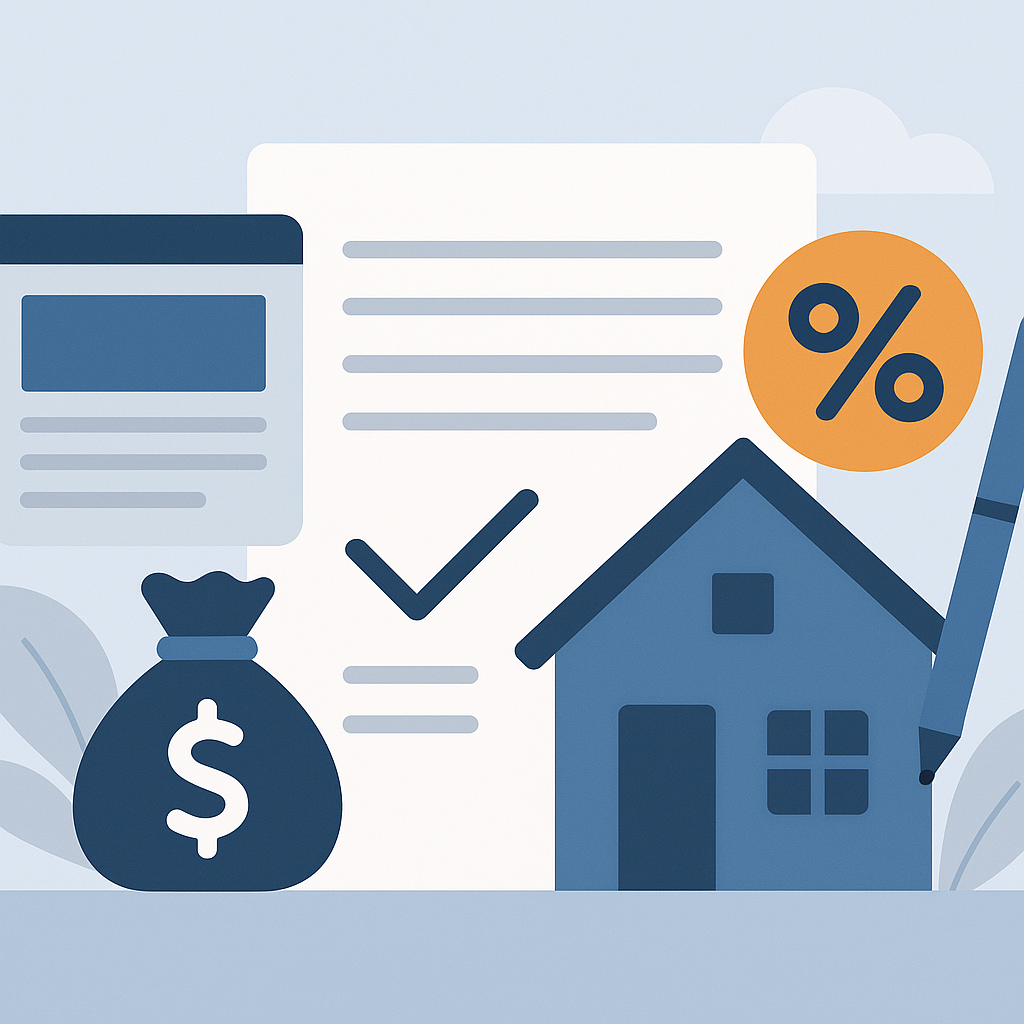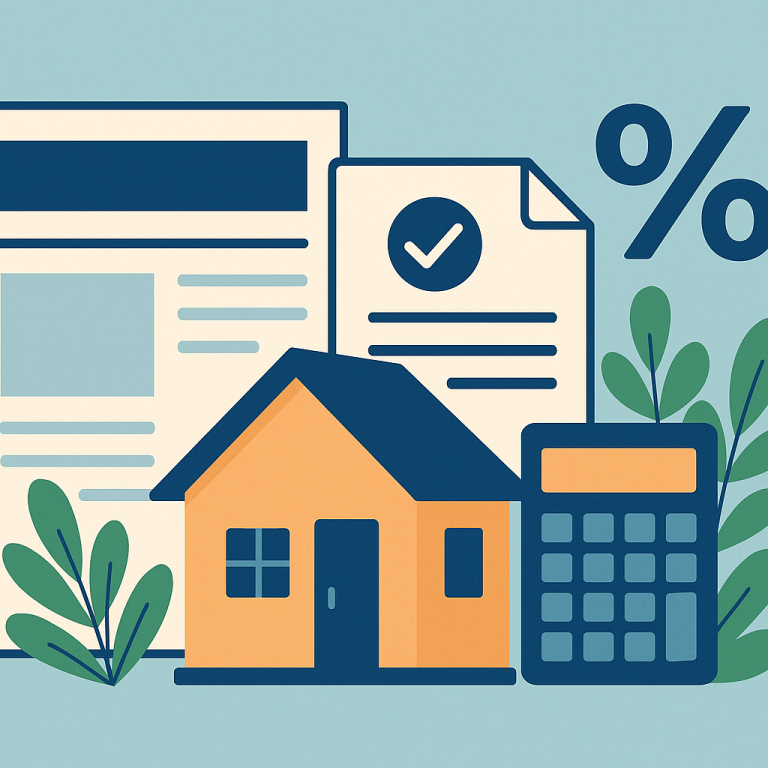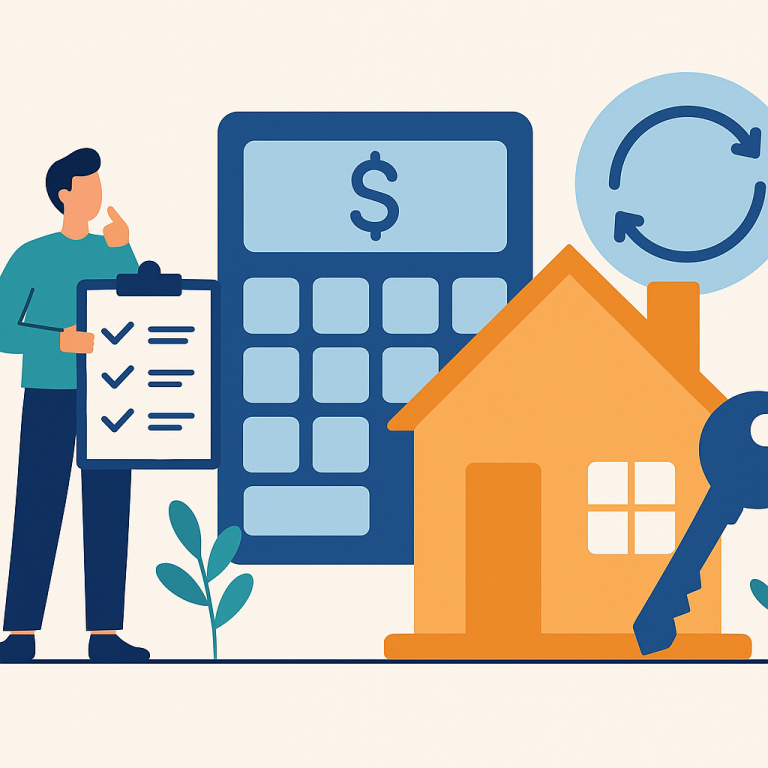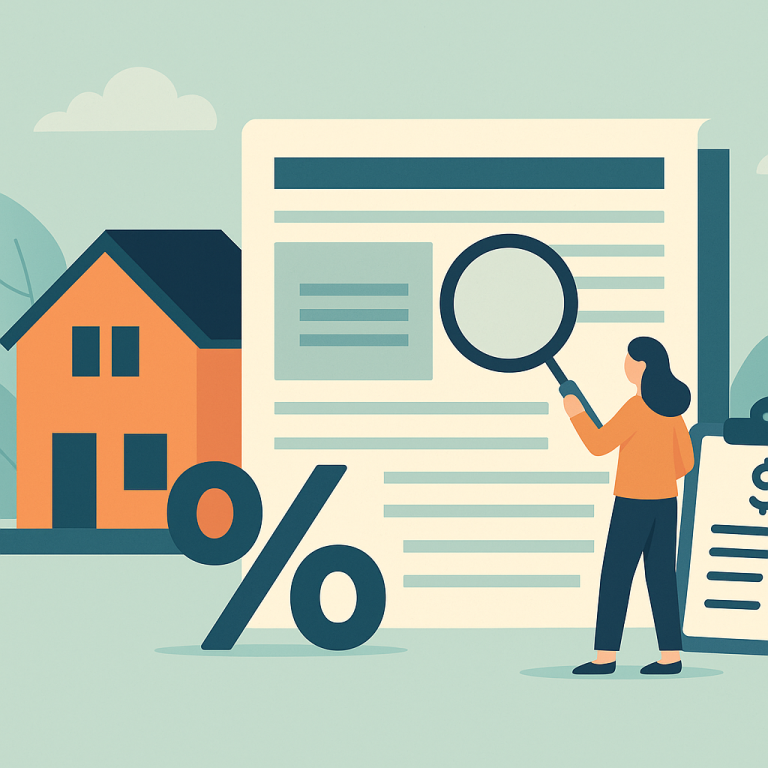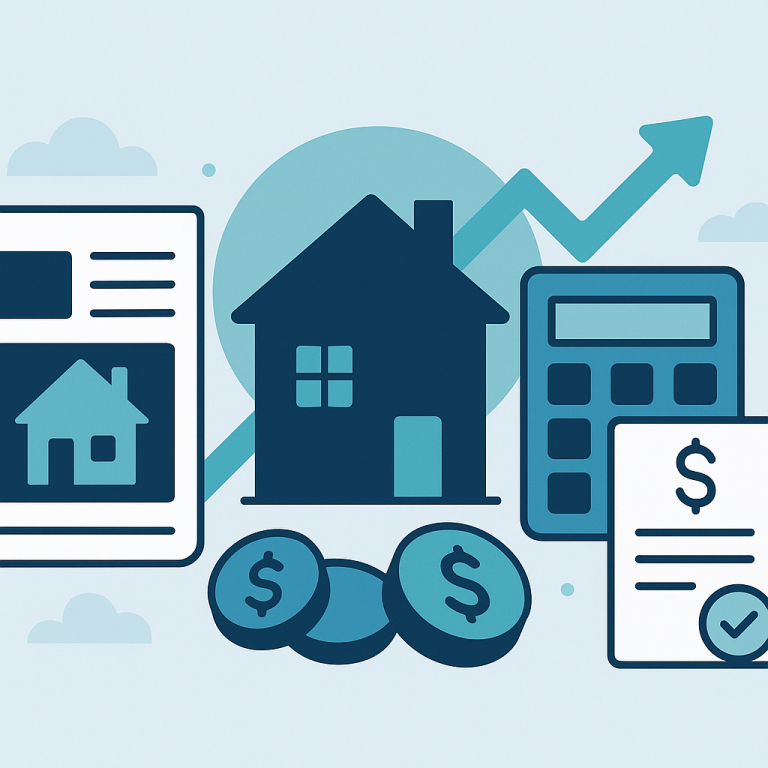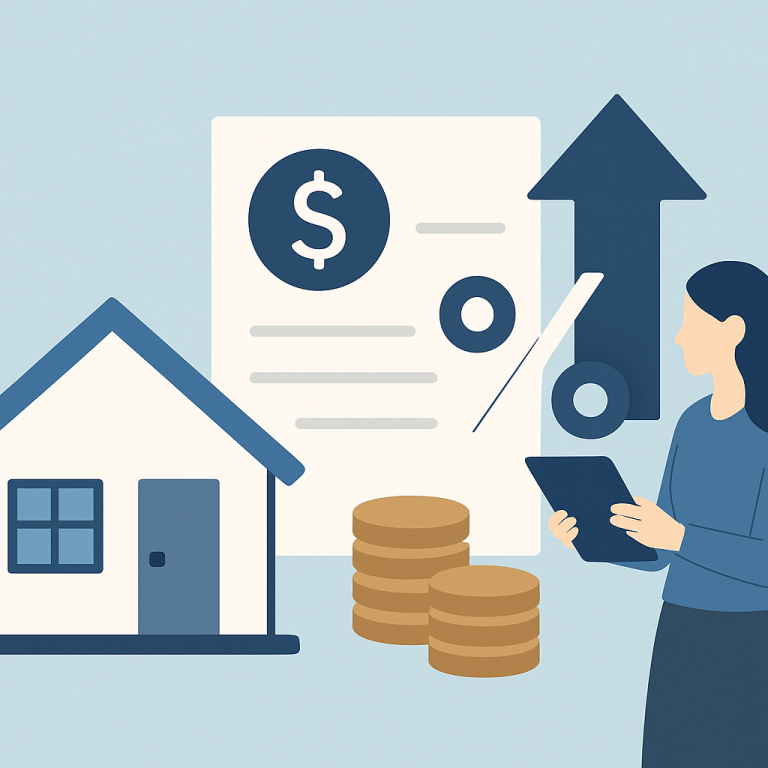30-Year Fixed Refinance Rate Drops 0.5 Point To 6.25%, Sparking Refinance Rush
When Rate Pullbacks Make Refinancing Worth a Close Look
Recent softening in benchmark borrowing costs has prompted many homeowners to reassess whether refinancing their mortgage is a sensible move. The central consideration is not simply whether rates are lower than the rate on an existing loan, but whether refinancing will deliver clear financial benefits once closing costs, loan term and personal plans are taken into account.
Key factors homeowners should evaluate
Start by comparing the cost of refinancing with the expected savings. Closing costs and fees can be substantial, and those upfront expenses must be weighed against the reduction in monthly payments and the total interest saved over the remaining life of the loan. A shorter remaining term or a plan to move in the near future can shift the calculation.
Equity, credit profile and loan type also matter. Sufficient home equity helps secure favorable terms and may avoid private mortgage insurance on certain products. A strong credit score improves the likelihood of qualifying for the best advertised rates. Similarly, switching between loan types—such as fixed to fixed, fixed to adjustable, or vice versa—introduces trade-offs in predictability and potential cost over time.
Common refinancing scenarios
Homeowners typically refinance for one of three reasons: to reduce the interest rate or monthly payment, to shorten the term and pay less interest overall, or to access home equity as cash-out refinancing. Each objective requires a different approach. Rate-and-term refinancing focuses on improving rate or term without increasing principal, while cash-out refinancing increases the loan balance in exchange for funds that can be used for home improvements, debt consolidation or other needs.
Practical considerations beyond rates
Loan amortization means early payments are weighted toward interest, so a borrower who refinances into a new long-term loan may lower monthly payments while extending the period over which interest accrues. Conversely, refinancing to a shorter term can accelerate principal repayment and reduce total interest despite higher monthly payments. Borrowers should also ask about prepayment penalties on the existing mortgage, the potential tax treatment of interest on a refinanced loan, and whether paying points to secure a lower rate is cost-effective for their time horizon.
How to decide
- Estimate total refinancing costs and compare them with projected monthly and lifetime interest savings.
- Consider your expected time in the home; shorter stays favor avoiding upfront costs, while longer retention favors investing to lower long-term costs.
- Assess your equity and credit position to determine eligibility for the most competitive offers.
- Decide whether your priority is lower monthly payment, reduced total interest, or accessing cash, and choose the loan product accordingly.
- Obtain multiple loan estimates to compare fees, rates, and terms rather than relying on a single quote.
Homeowner takeaways
Refinancing can be worthwhile when lower rates meaningfully outweigh closing costs and align with your timeline and financial goals. The most effective decisions come from comparing complete costs and benefits—monthly payment impact, total interest paid, and how long you expect to remain in the home—rather than focusing only on headline rates. Gather several offers, run the break-even calculation for your situation, and factor in equity and credit standing before moving forward.
META: refinance-news-article

